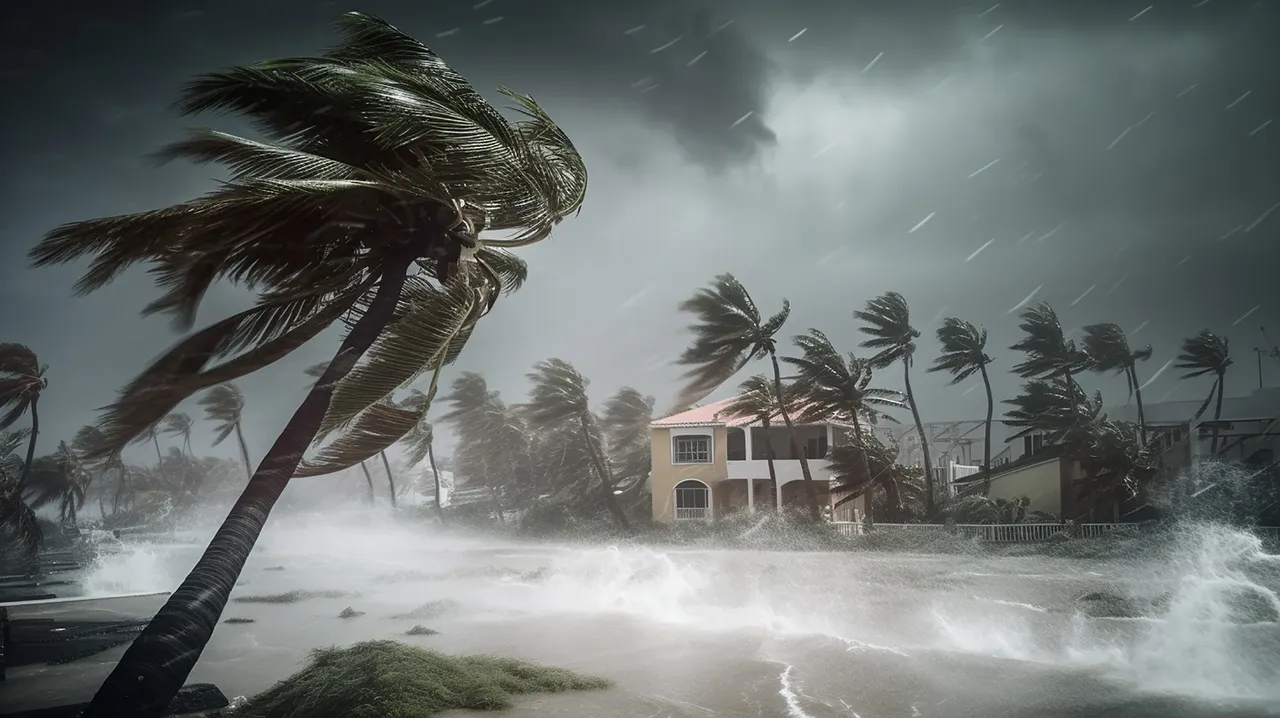When it comes to constructing buildings in Florida, understanding the wind load requirements is crucial. Florida is prone to hurricanes and high wind events, making it essential for construction projects to adhere to specific guidelines and regulations. In this blog post, we will delve into the significance of wind load requirements, explain the factors affecting them, and provide insights on how to meet these requirements effectively.
1. Importance of Wind Load Requirements:
Florida’s geographical location makes it susceptible to powerful hurricanes and tropical storms. These weather events can generate destructive winds that put buildings at risk. Wind load requirements, therefore, play a vital role in ensuring the structural integrity and safety of buildings. By following these requirements, construction projects can withstand high wind forces and minimize potential damages or failures.
2. Factors Affecting Wind Load Requirements:
Several factors influence wind load requirements for construction in Florida. Understanding these factors is crucial for accurate calculations and appropriate design decisions. Here are some key considerations:
a. Design Wind Speed: The design wind speed is determined based on historical data, topography, and wind climate zones in Florida. It represents the maximum wind speed that a building may experience during a specific return period, typically 50 years. The design wind speed varies across the state, with coastal regions experiencing higher wind speeds than inland areas.
b. Building Height and Geometry: Tall buildings and structures with complex geometries are subjected to higher wind pressures due to increased exposure. The shape, size, and orientation of a building influence wind flow patterns, which impact the magnitude and direction of wind loads.
c. Building Category: Buildings in Florida are classified into different categories (e.g., Risk Category I-IV) based on their purpose and occupancy type. Each category has specific wind load requirements that address the building’s vulnerability to wind forces.
d. Exposure Category: The exposure category considers the surrounding terrain and obstructions that affect wind flow. Areas with open terrain experience higher wind speeds, while built-up areas with nearby structures or vegetation may experience lower wind speeds due to sheltering effects.
3. Meeting Wind Load Requirements:
To meet wind load requirements effectively, architects, engineers, and construction professionals should consider the following strategies:
a. Building Codes and Standards: Familiarize yourself with the relevant building codes and standards, such as the Florida Building Code (FBC) and the American Society of Civil Engineers (ASCE) 7-16 standard. These documents provide guidelines and specifications for wind load calculations, materials, and structural design.
b. Wind Load Analysis: Perform a comprehensive wind load analysis using appropriate software and engineering techniques. This analysis helps determine the magnitude and distribution of wind loads on the building’s various components, such as walls, roofs, and windows.
c. Structural Design Considerations: Design the building’s structural system to withstand the calculated wind loads. This includes selecting suitable materials, optimizing structural connections, and considering wind-resistant features such as reinforced concrete, bracing systems, and impact-resistant glazing.
d. Quality Construction Practices: Implement quality construction practices to ensure that the building is constructed in accordance with the design specifications. This includes proper installation of structural components, adequate fastening techniques, and inspections at various stages of construction.
e. Regular Maintenance and Inspection: Regularly inspect and maintain the building to identify any potential issues or damage caused by wind events. Prompt repairs and reinforcement will help maintain the building’s structural integrity and safety.
Conclusion:
Understanding wind load requirements is essential for construction projects in Florida to withstand the powerful winds associated with hurricanes and high wind events. By considering factors such as design wind speed, building height and geometry, building and exposure categories, professionals can accurately calculate wind loads and design structures that meet the necessary standards. Adhering to building codes, performing thorough wind load analyses, employing suitable structural design considerations, and maintaining the building over time are vital steps toward constructing safe and resilient buildings in Florida’s challenging wind climate.
Shelby Construction, Inc.’s mission is to provide the finest renovations and new builds while keeping close communication with each client throughout the project, creating a trusting relationship from start to finish. Shelby Construction began as a vision of three friends to provide remarkable construction and build long lasting partnerships with their clients.
At Shelby, we know the first step to any project is to have sound planning. We leverage our more than 40 years experience in residential and commercial construction to offer an end-to-end client experience that starts with understanding your project and its needs. We then walk our clients through the steps timely and with full transparency so that their dream goes from concept to reality smoothly and confidently.
The information provided in this blog or website does not, and is not intended to, constitute legal advice; instead, all information, content, and materials available on this site are for general informational purposes only. Consult local and state rules and laws for more information.

